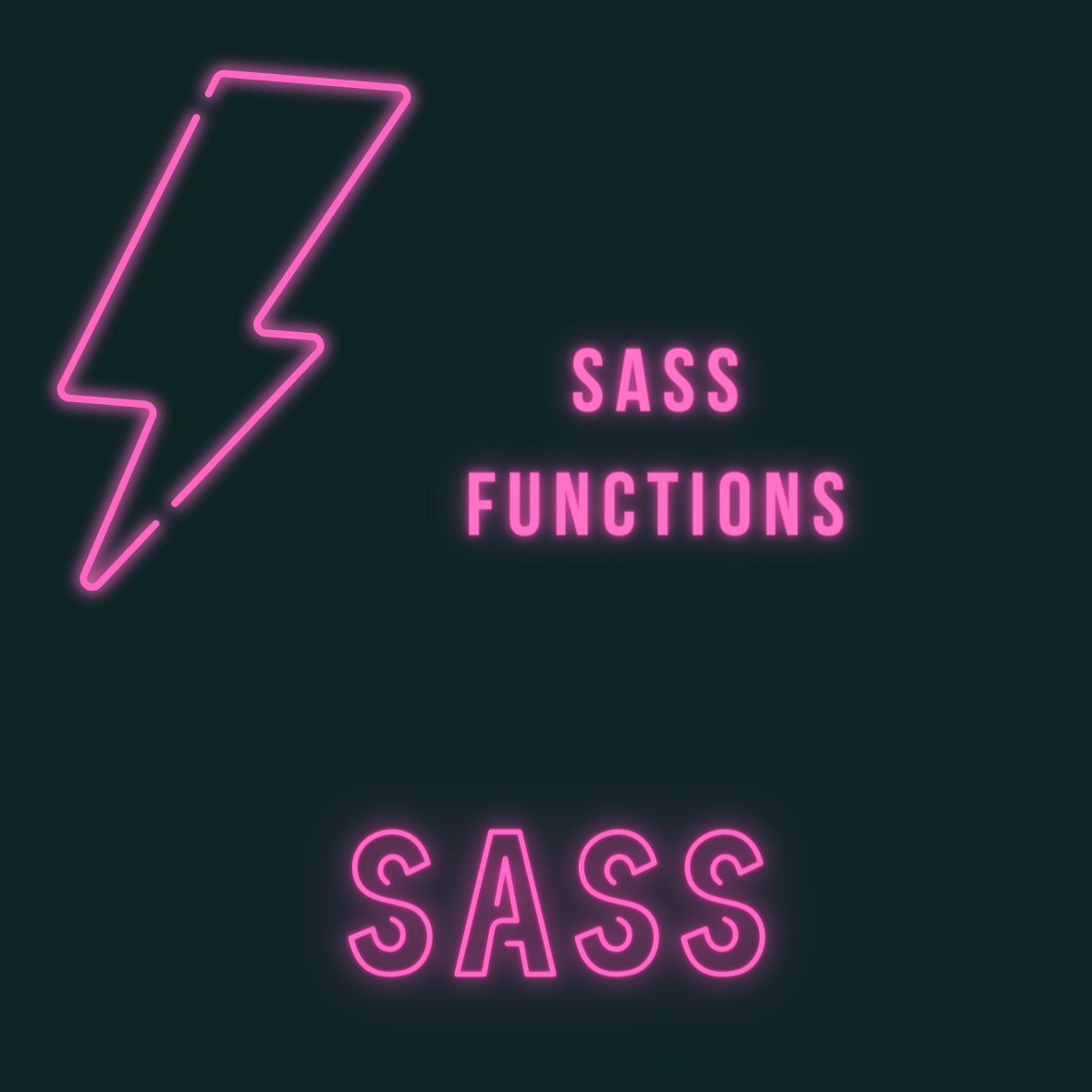Sass functions can receive arguments and return a single value.
They add an element of programming to writing CSS code, and we can now do math!
The standard math operators +, -, *, /, and % can all be utilized.
An example function
The following function can accept two arguments, $first-number and $second-number. The value that is returned by the function is the sum of the two variables:
@function add-numbers($first-number, $second-number) {
@return $first-number + $second-number
}
Say we want to replace the value of a padding property with the sum of two separate values.
We would call our function and pass in the arguments like so:
.box1 {
padding: add-numbers(5px, 10px);
}
The resulting CSS output would be:
.box1 {
padding: 15px;
}
Lets see the full code:
<html>
<head>
<title>Page Title</title>
</head>
<body>
<nav class="navbar">
<ul>
<li>Home</li>
<li>Store</li>
<li>Contact Us</li>
</ul>
</nav>
</body>
</html>
And our SASS:
@function add-numbers($first-number, $second-number) {
@return $first-number + $second-number
}
.navbar {
background-color: orangered;
padding: add-numbers(5px, 100px);
ul {
list-style: none;
}
li {
text-align: center;
margin: 1rem;
}
}
As you can see, functions help you write more readable and DRY Sass, as you can utilize reusable logic in a very efficient manner. This can make a huge difference when you start working on larger and more complex projects!
Related Posts:

A little about me..
Hey, I’m Tim! 👋
I’m a freelance business owner, web developer & author. I teach both new and experienced freelancers how to build a sustainable and successful freelancing business. Check out my Complete Guide to Freelancing if you'd like to find out more.
While you're here, you can browse through my blogs where I post freelancing tips, code tutorials, design inspiration, useful tools & resources, and much more! You can also join the newsletter, or find me on X.
Thanks for reading! 🎉






